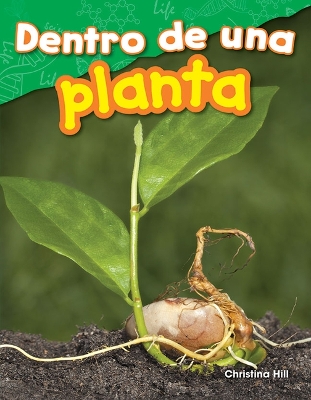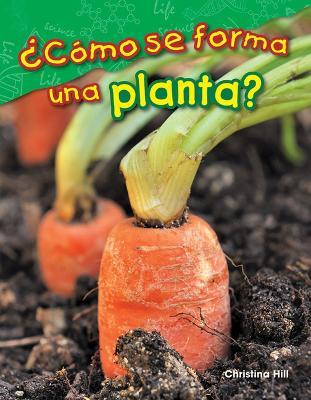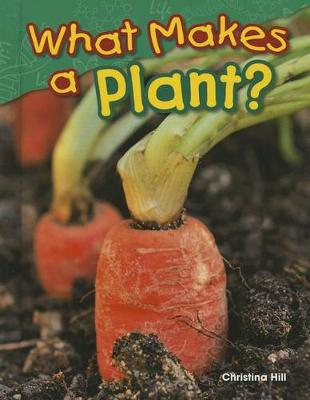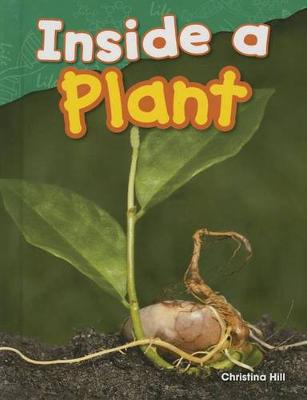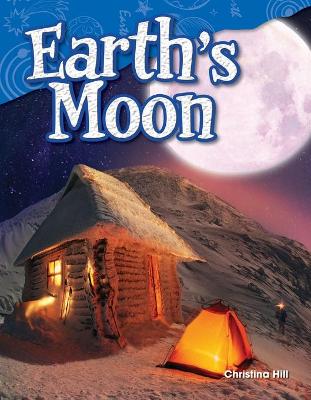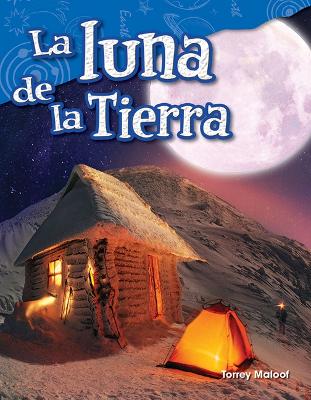Science Readers: Content and Literacy
6 total works
This Spanish science reader introduces students to the life cycle of plants. With bright, engaging images, it details the parts of plants and how plants grow and thrive. With easy-to-read text, this book teaches students important scientific concepts and vocabulary terms including habitat, adapt, and the parts of plants. Aligned to state and national standards, the book contains nonfiction text features like an index, a glossary, captions, and bold font to keep students connected to the text. A hands-on science experiment helps students apply what they have learned and develops critical thinking skills.
Plants are living things. They go through a life cycle. Learn about what plants need to live and grow. This Spanish science reader introduces students to the life cycle. With easy-to-read text, this book teaches students important scientific concepts and vocabulary terms including seed, root, stem, leaf, and flower. Aligned to state and national standards, the book contains nonfiction text features like an index, a glossary, captions, bold font, and detailed images to keep students connected to the text. A hands-on science experiment helps students apply what they have learned and develops critical thinking skills.
What makes a plant? Find out in this vibrant science reader! Plants are living things that go through a life cycle. Learn all about this cycle and what plants need to live and grow. Transforming from tiny seeds to beautiful flowers and gigantic trees, plants have a remarkable life cycle! The vibrant images and easy-to-read text in this science reader will keep students engaged from cover to cover. This reader also includes instructions for an engaging science activity and practice problems to further students' understanding. A helpful glossary and index are also included for additional support.
Plants need many things to stay alive, including food, sun, air, and water. Plants must get these important things in order to continue to go through a life cycle. Learn all about various habitats and the way that plants have adapted to survive in them. The vibrant images and easy-to-read text in this science reader will keep students engaged from cover to cover. This reader also includes instructions for an engaging science activity and practice problems to further students' understanding. A helpful glossary and index are also included for additional support.
This high-interest informational text will help students gain science content knowledge while building their literacy skills and nonfiction reading comprehension. This appropriately leveled nonfiction science reader features hands-on, simple science experiments. Third grade students will learn all about the moon through this engaging text that is aligned to the Next Generation Science Standards and supports STEM education.
What does the phrase "once in a blue moon" refer to? What is the difference between a waning gibbous moon and a waning crescent moon? What is the atmosphere on the Moon like? How does the Moon create tides? Students will learn the answers to these questions and more as they read all about the Moon! This nonfiction Spanish book introduces students to important scientific concepts and vocabulary as they are engaged in reading. The colorful images, diagrams, sidebars, and text features will keep students connected to the text. Aligned to state and national standards, the fun lab activity provides a real-world learning experience that supports STEM instruction. Keep students reading with this intriguing text!
